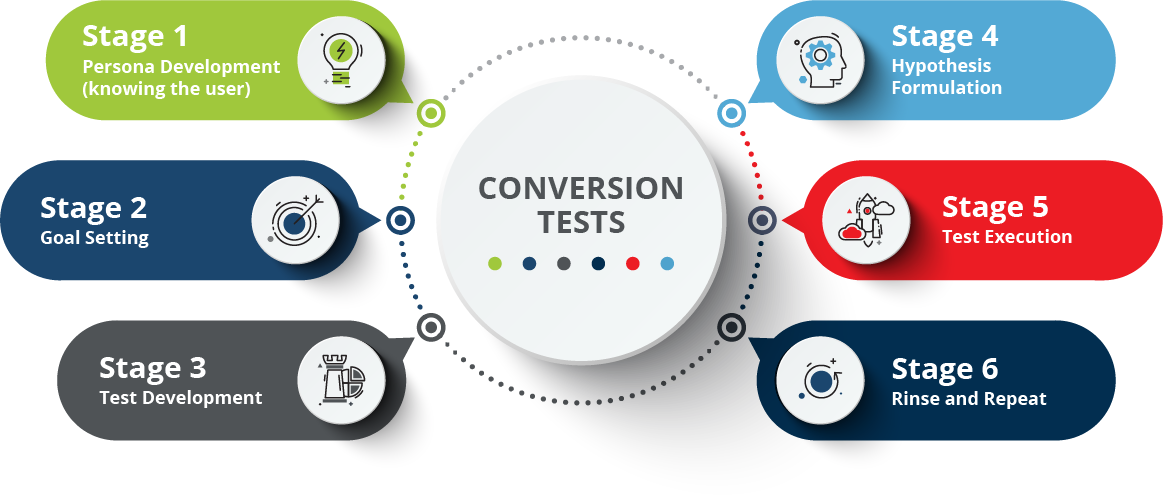BEHAVIORAL PSYCHOLOGY AND CONVERSION RATE OPTIMIZATION
 It is all about user optimization.
It is all about user optimization.
Until recently, Conversion Rate Optimization (CRO) and Behavioral Psychology were not considered mutually inclusive. In fact, even today, most people think of conversion optimization as a set of tools, landing pages, and content. This misses the essence of buying, which still requires understanding buyer behavior, needs, and triggers.
TRADITIONAL CONVERSION RATE OPTIMIZATION
Traditional CRO consists of manipulating headlines, images, copy, forms, risk reversals, and calls to action to increase conversions.
This approach misses out on what we call the pre-testing stage. In this stage, we spend a significant amount of time considering personas, needs, and messaging. In this stage, we try to get to the
essence of who we are targeting and what makes your web audience tick,
rather than simply manipulating elements on a landing page.
INTRODUCING BEHAVIORAL PSYCHOLOGY INTO
CONVERSION RATE OPTIMIZATION
experiments that we run. At National Positions, we run our conversion tests through six (6) stages:

BEHAVIORAL PSYCHOLOGY AND CRO
READY? SET. GROW!
Fill out the form below and one of our Growth Experts will give
you a call to discuss how we can increase your bottom line!
We’ll be in touch shortly.